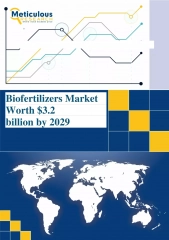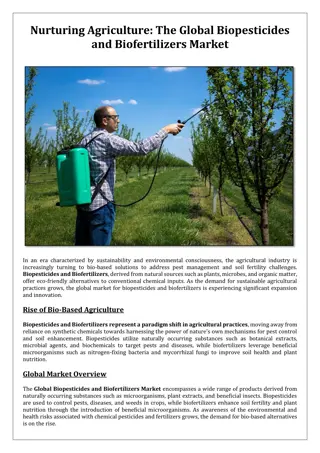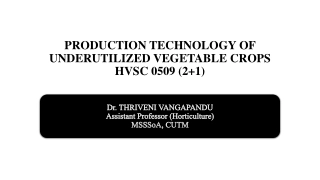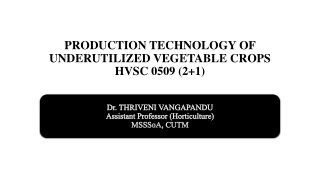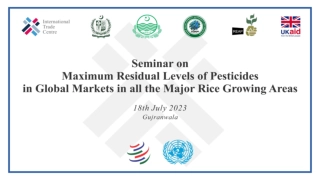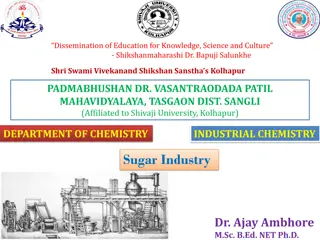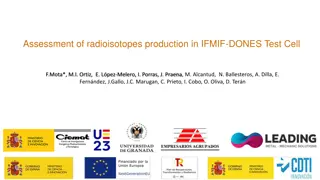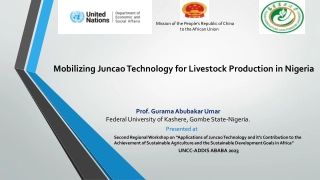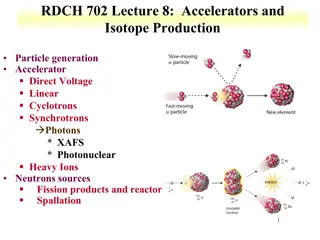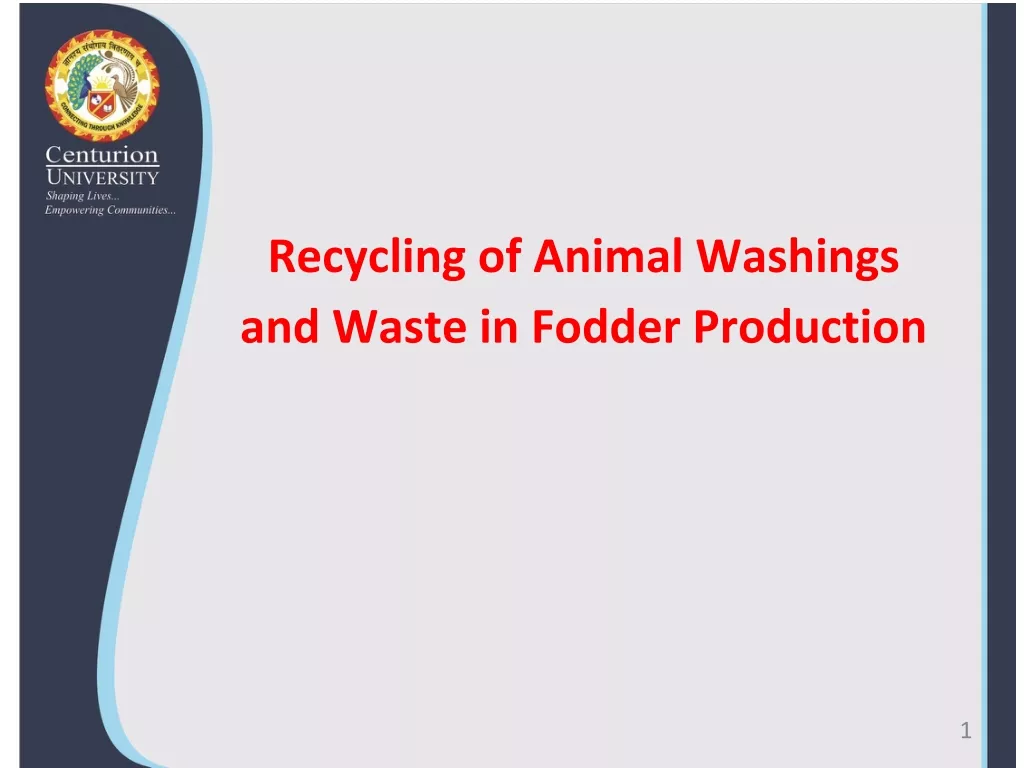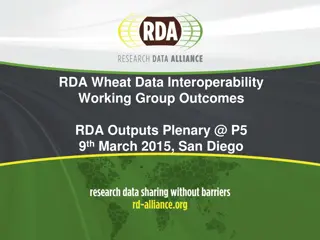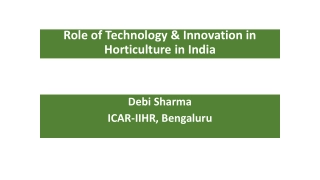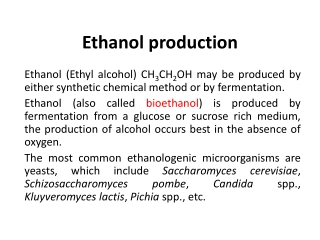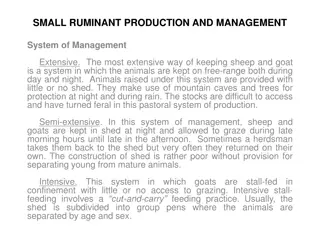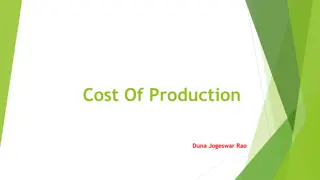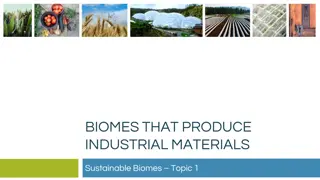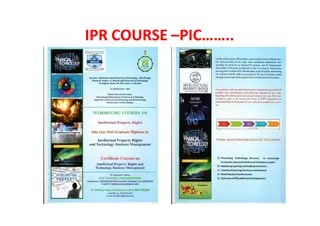Understanding Biofertilizers: Production Technology and Types
Biofertilizers are natural microbial inoculants that provide nutrients to crop plants, improve soil health, and promote sustainable agriculture. Learn about the production technology, benefits, and types of biofertilizers including bacterial, fungal, algal, and aquatic fern biofertilizers. Explore how these eco-friendly alternatives enhance nutrient availability and plant growth, reducing reliance on chemical fertilizers.
Understanding Biofertilizers: Production Technology and Types
PowerPoint presentation about 'Understanding Biofertilizers: Production Technology and Types'. This presentation describes the topic on Biofertilizers are natural microbial inoculants that provide nutrients to crop plants, improve soil health, and promote sustainable agriculture. Learn about the production technology, benefits, and types of biofertilizers including bacterial, fungal, algal, and aquatic fern biofertilizers. Explore how these eco-friendly alternatives enhance nutrient availability and plant growth, reducing reliance on chemical fertilizers.. Download this presentation absolutely free.
Presentation Transcript
Production technology of Biofertilizers Dr. S. Nithyapriya Assistant Professor, PG &Research Department of Botany, Padmavani Arts and Science College for Women Salem
What is Biofertilizers? Bio-fertilizers are natural fertilizers, which directly give nutrition to crop plants that are microbial inoculants of bacteria, algae and fungi. Which help in biological nitrogen fixation for the benefit of plants Biofertilizers also include organic fertilizers. They help build up the soil micro flora and there by the soil health.
Introduction Biofertilizer is a substance which contains living microorganisms when applied to seed plant surfaces or soil. The biofertilizer interior of the plant and promotes growth by increasing the supply of nutrients to the host plant. Biofertilizers add nutrients through the natural process of nitrogen fixation solubilizing phosphorus and stimulating plant growth through the synthesis of growth promoting substances
Biofertilizers are one of the qualities advanced equipment for agriculture. Conventional fertilizers household wastes; and green manure. Biofertilizers are eco-friendly natural agro-input and extra low priced than chemical fertilizers. Phosphate solubilizing bacteria are on the major source of biofertilizer as they have the ability to convert insoluble forms of phosphorus to an accessible form leading to increase in the phosphorus uptake by plants. comprise compost;
Types of biofertilizer Bacterial biofertilizer Fungal biofertilizer Algal biofertilizer Aquatic fern biofertilizer Earthworms
Bacteria biofertilizer Rhizobium The nitrogen fixing bacteria work under two conditions Symbiotically Free living bacteria (non-symbiotic) The symbiotic bacteria make an association with crop plants through forming nodules in their roots
Non-symbiotic nitrogen fixing bacteria The non-symbiotic bacteria includes nitrogen fixation by free living soil bacteria. They are not in a direct symbiosis with plants and associative nitrogen fixation ( eg:associated with the rhizospheres of grasses and cereals) Azotobacter Azotobacter
Algae as a biofertilizer Another group of free living nitrogen fixers are cyanobacteria Commonly called as Blue green algae Azolla More than 100 species of BGA can fix nitrogen Nitrogen fixation takes place in specialized cells called Heterocyst. BGA very common in rice field Inoculation of the algae can result in 10- 14% increase in crop yield
Phosphate solubilizing bacteria Pseudomonas species especially fluorescent Pseudomonas, are particularly suitable to be used as agricultural biocontrol agents. P. fluorescens strain also developed a bioformulation which is talc powder based, for individual bacteria and mixed culture Pseudomonas fluorescences produce yellow-green florescent pigment .Siderosphores have a higher affinity for iron than chelators produced by pathogenic microorganisms present in the rhizosphere.


